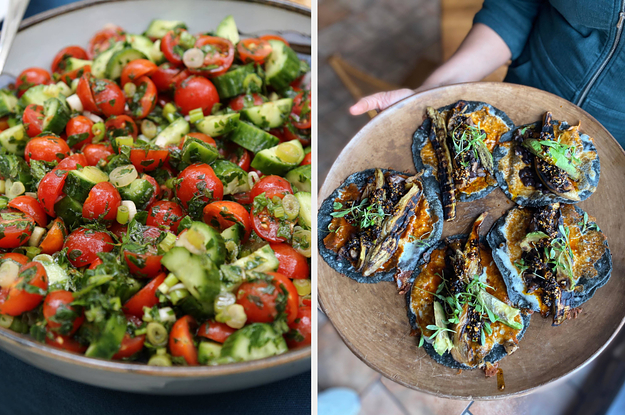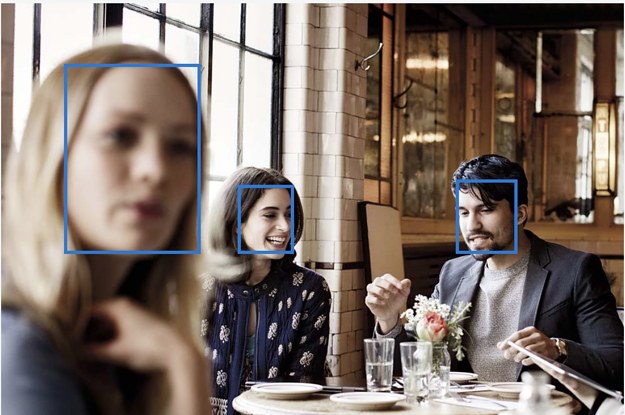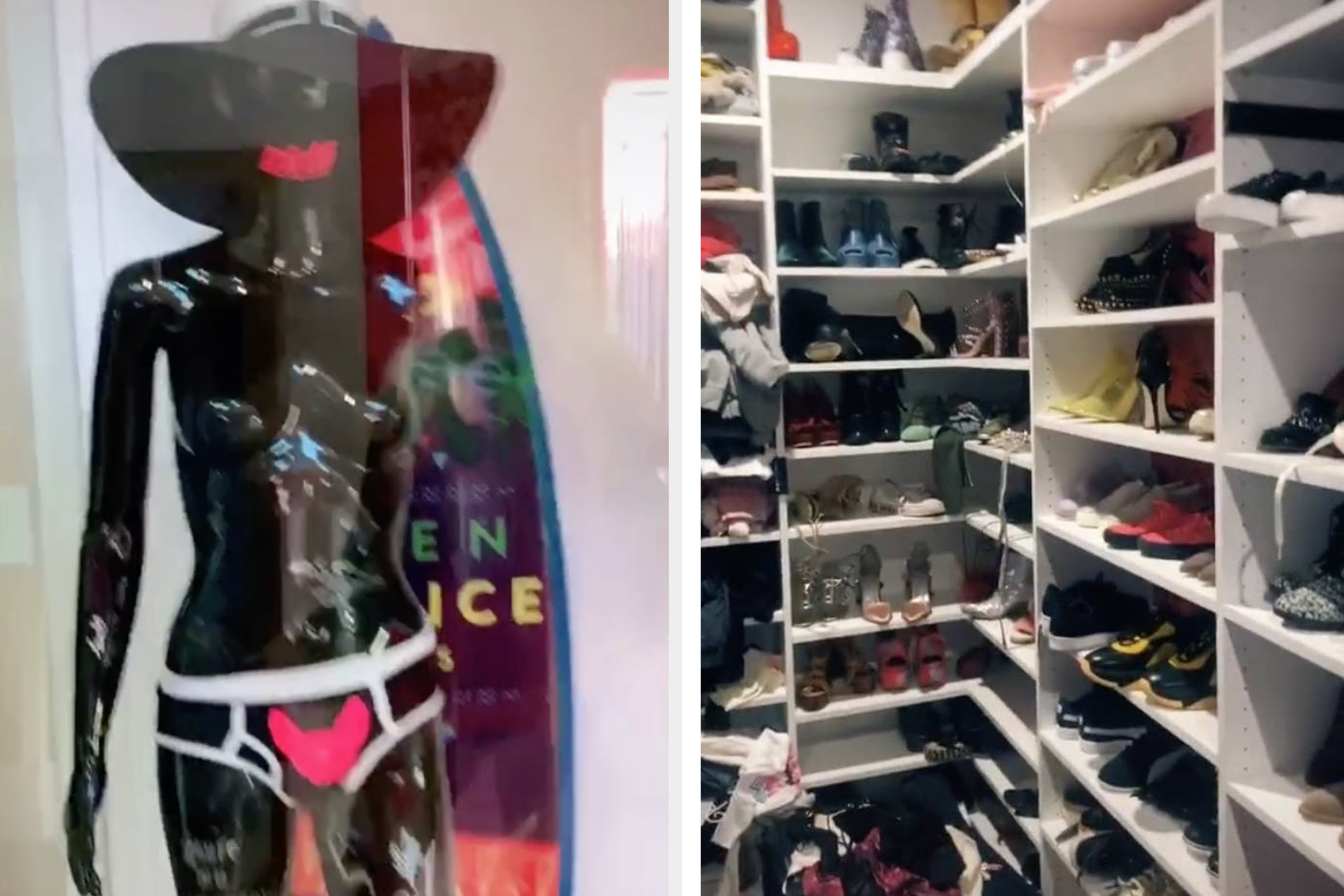Category: Worldwide
Category Added in a WPeMatico Campaign
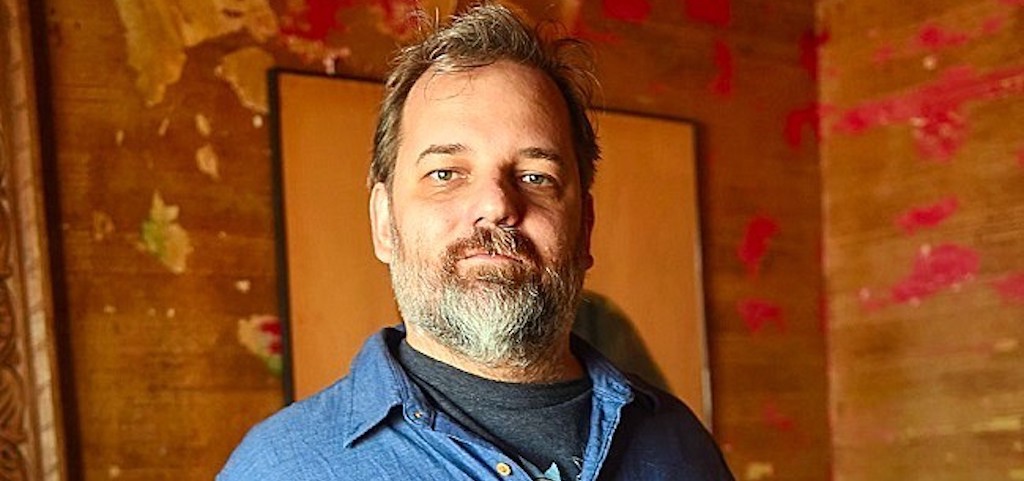
Writer, producer, and comedian Dan Harmon has struck gold in live-action and animation, giving the world both Community, which he created on his own, and Rick and Morty, which he co-created with Justin Roiland. The latter is the primary talent behind the mind-bending sci-fi comedy, doing both the titular voices, but don’t underestimate Harmon’s contributions to one of animation’s craziest programs. And that’s one reason why, even though there are no details about it, you should probably be stoked to hear Harmon’s working on a new animated comedy for Fox Entertainment.
This comes from Deadline, which reports that Harmon has been tapped to work on a show that will premiere on the network in spring of 2022. Fox, of course, is cartoon-crazy, having been home to The Simpsons for over 30 years, Family Guy for over 20 (minus a lengthy hiatus in the early aughts), and Bob’s Burgers for nearly 10. Will all three be around when Harmon’s mystery show rears its head? Oh, probably. Perhaps ditto Fox’s new shows, Bless the Hearts and Amy Poehler’s Duncanville, as well as the forthcoming Housebroken and The Great North.
Again, there is no details about what Harmon’s show will be, what genre or sub-genre it will infuse with jokes, nada, nothing. But Harmon has a great track record, so perhaps we’ll get six seasons and (maybe) a movie, à la Community, or a ludicrous number of promised episodes that will roll out slowly, à la Rick and Morty, even the wait times for the latter may start to get shorter.
(Via Deadline)
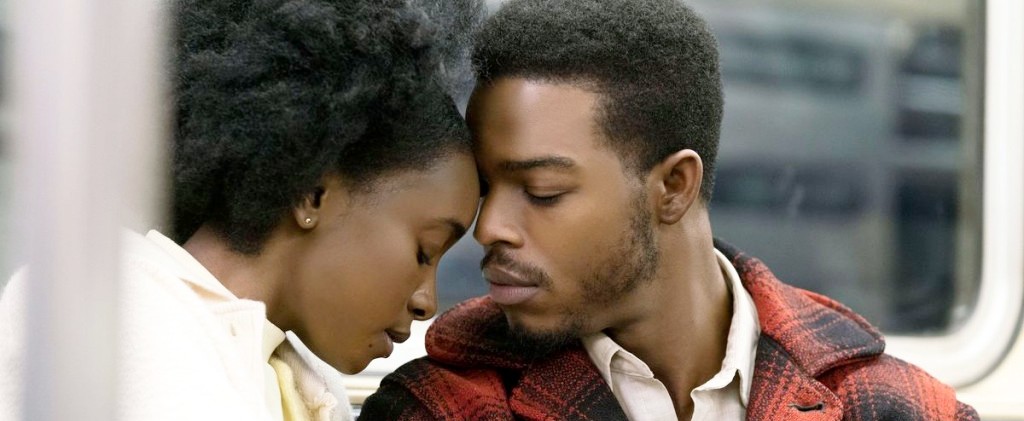
Last Updated: May 30th
Hulu’s come a long way. What began as just a way to watch cable TV without actually paying premium prices for the cord has morphed into a platform with an impressive streaming catalog — a one-stop shop for prestige originals, blockbusters, classic comedy series, and so much more. There’s a lot to love on Hulu, but its movie lineup is one of its strongest features. We don’t really need to do much more in the way of hyping it up, so we’ll just let you scroll through our picks for the best films on Hulu and leave you with this warning: your watchlist is going to get full real quick.
Related: The Comedies On Hulu Right Now

1. Parasite (2019)
Run Time: 132 min | IMDb: 8.6/10
It’s hard to quantify a film as stylishly inventive and socially aware as Bong Joon Ho’s comedic thriller. There’s a reason this film won so many Oscars. It flits between instilling empathy for a family struggling to crawl out of poverty by increasingly deceptive means and the clueless elite whose house they eventually infiltrate. Bolstered by some terrific performances and a gripping script, the less said about the story, it’s twists and unexpected turns, the better. Just do yourself a favor and watch it.
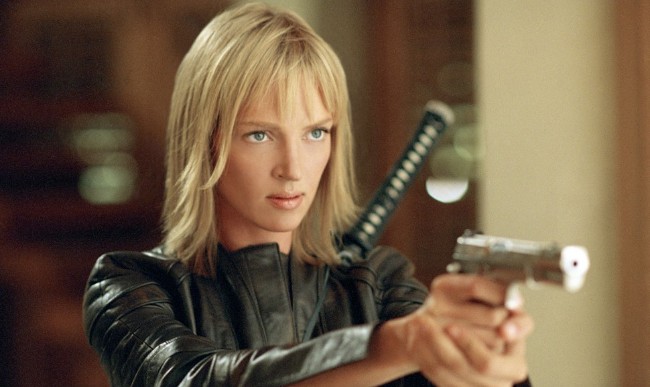
2. Kill Bill Vol. 1 and 2 (2003-04)
Run Time: 111 min / 137 min | IMDb: 8.1/8.0
A master assassin (Uma Thurman) is betrayed by her former associates and left for dead, only for her to awaken from her coma and vow to take uncompromising vengeance. Even if one isn’t a fan of Quentin Tarantino behind the camera, it’s impossible to say that watching his movies isn’t a distinct experience. Each piece of the Bride’s journey, while very different, fits together perfectly throughout the two films. Tarantino’s recognizable comedy, music selections, and slight self-indulgence come through in Kill Bill, which has just the right (and an excessive) amount of tongue-in-cheek and fake blood, respectively.
Add To Hulu Watchlist / Add To Hulu Watchlist
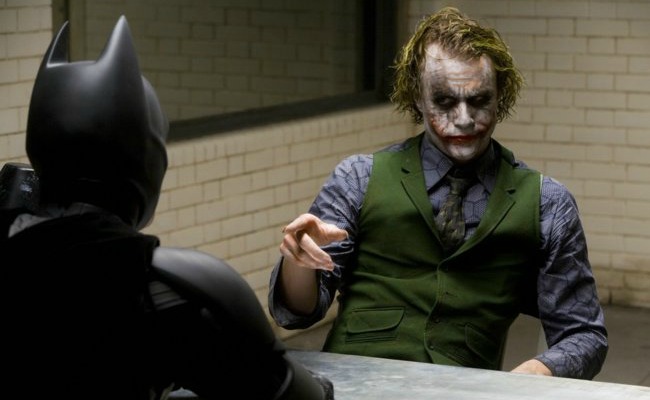
3. The Dark Knight (2008)
Run Time: 152 min | IMDb: 9.0/10
The second film in Christopher Nolan’s Dark Knight trilogy is undoubtedly its best. Not only does Christian Bale fully immerse himself in the role of Bruce Wayne/Batman, playing the tortured-billionaire-turned-vigilante with a singular conviction, the film also boasts Heath Ledger’s Joker, a maniacal villain worthy of sharing the screen with our hero. The film marks one of Ledger’s final roles before his death, but it’s a viscerally gripping portrait of a man burdened by past trauma and driven by his madness for chaos and destruction. Sure, we’re all rooting for Batman to win, but we can’t deny the fun in seeing Ledger blow sh*t up for two-plus hours.
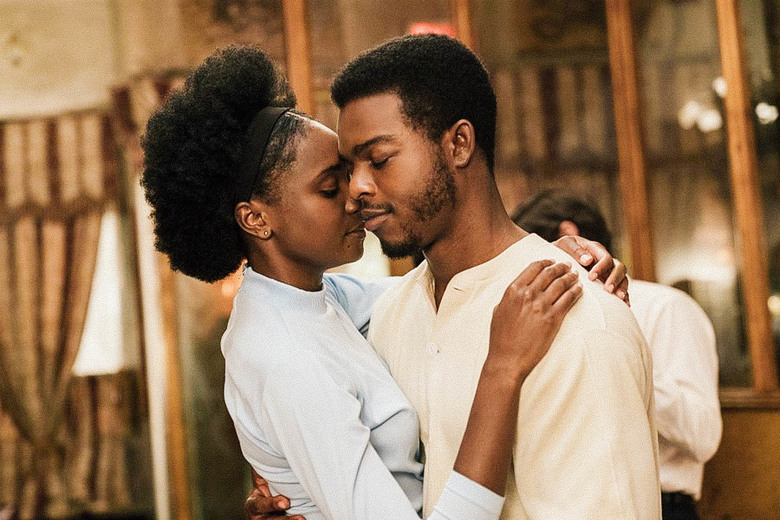
4. If Beale Street Could Talk (2018)
Run Time: 119 min | IMDb: 7.2/10
Barry Jenkins follows up the success of Moonlight with this adaptation of a James Baldwin masterpiece. Told in a nonlinear style, the film recounts the romance of Tish and Fonny, two young Black lovers living in 1970s New York. When Fonny is accused of a heinous crime, Tish and her family fight to prove his innocence. The story is heartbreaking and hopeful at the same time, and Regina King puts in an Oscar-winning performance as Tish’s devoted mother.
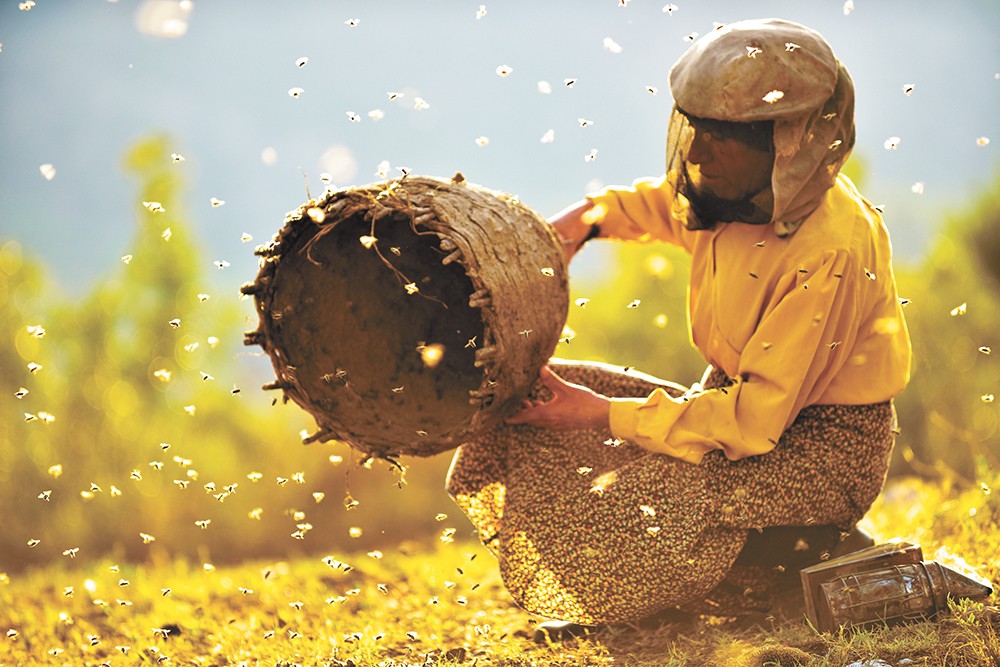
5. Honeyland (2019)
Run Time: 90 min | IMDb: 8.2/10
This Sundance Grand Jury Prize-winning documentary tells the unbelievably inspiring story of Hatidze, a bee-hunter in North Macedonia who represents a dying breed of ecological custodians. Hatidze and her ailing mother live on a remote mountain range, where she peacefully coexists with the bees whose honey is her livelihood, but when new neighbors arrive to disrupt this fragile harmony, Hatidze must fight for her simple way of life. It’s a moving, intimate portrait of an inspiring woman, and a larger commentary on how our greed and ignorance can irreparably damage our surroundings.
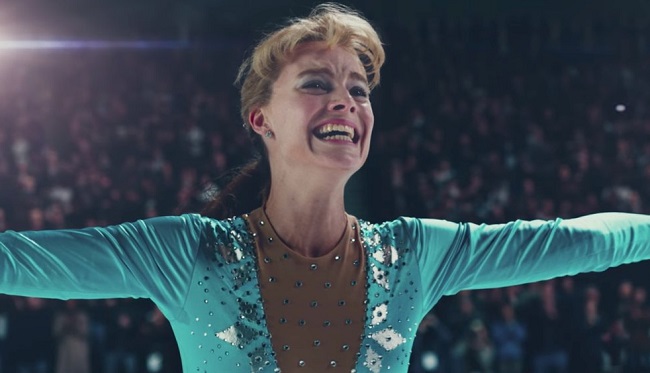
6. I, Tonya (2017)
Run Time: 120 min | IMDb: 7.5/10
As flashy and over-the-top as the sequin-spandex numbers that graced the ice back in the ’80s, I, Tonya manages to straddle a thin line. It’s both a biopic of one of the most notorious female athletes in the history of figure skating and a raucous comedy intent on mocking everything troubling about American culture at the time. Margot Robbie is brilliant in her role — playing a woman tortured by talent and her inability to capitalize on it — and you can literally hear Allison Janney chewing every scene she’s in as Harding’s narcissistic, chain-smoking mother. Plus that parrot bite is as funny as you could hope.
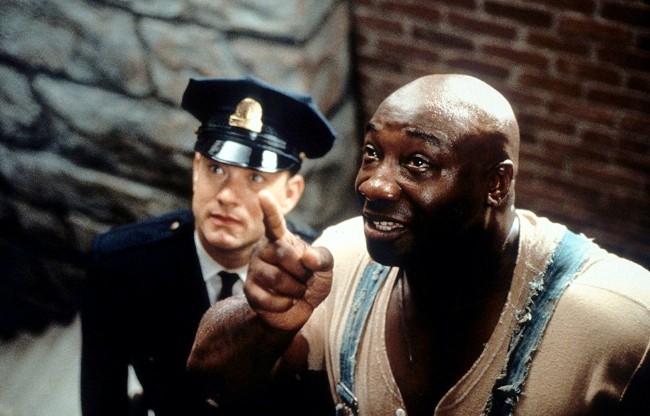
7. The Green Mile (1999)
Run Time: 189 min | IMDb: 8.6/10
Tom Hanks, Sam Rockwell, and Michael Clarke Duncan star in this prison drama with touches of the supernatural. Duncan plays John Coffey, a gentle giant-type accused of raping and murdering a child. He’s innocent of course, but he’s also got some special abilities that both baffle and amaze his guards, including Hanks’ Paul Edgecomb. The film focuses on the struggle these men face in carrying out their duties, despite how much they come to respect and believe in Coffey’s gifts. It’s moving, to be sure, and a great turn from Duncan.
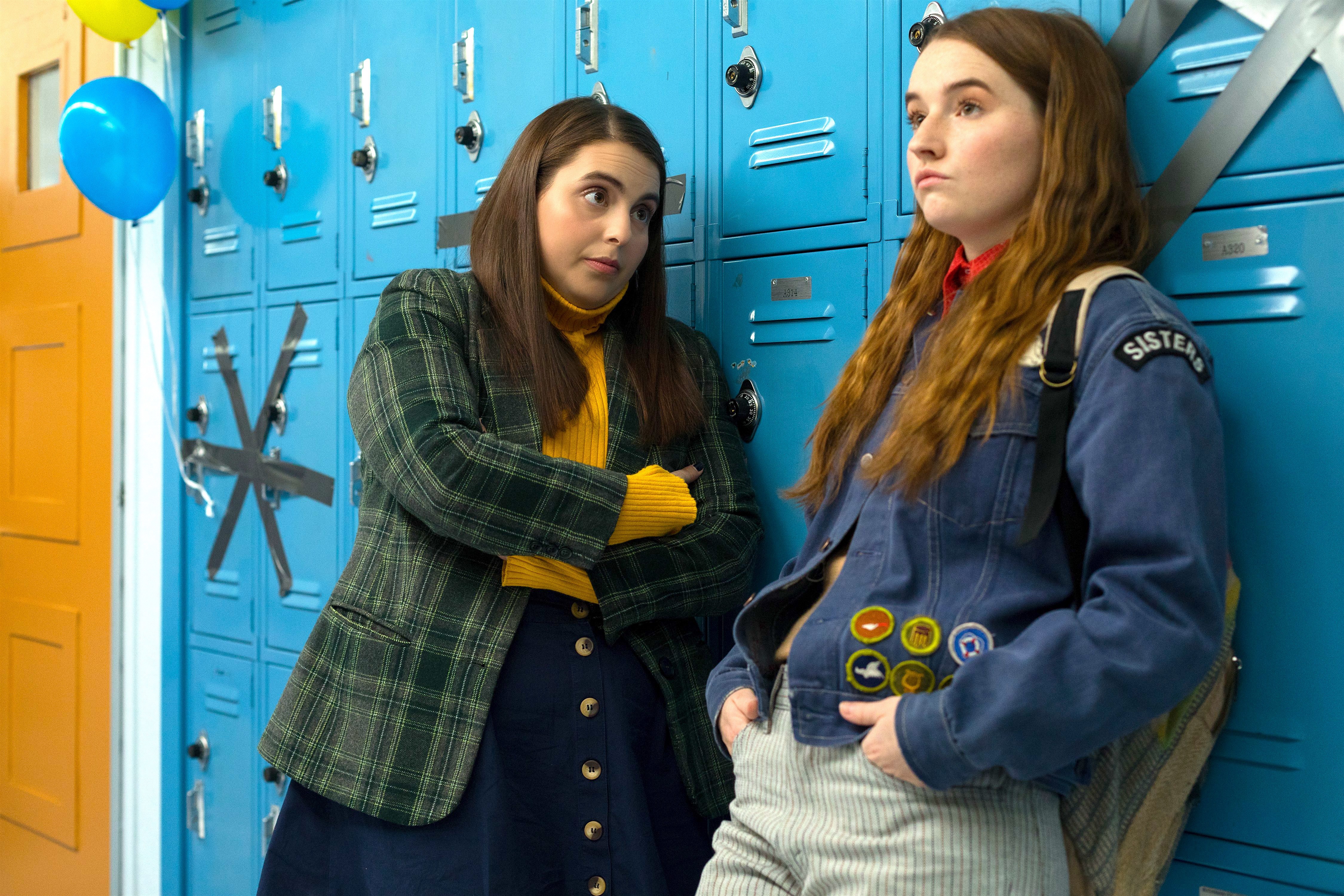
8. Booksmart (2019)
Run Time: 102 min | IMDb: 7.2/10
Olivia Wilde’s directorial debut is this coming-of-age ode to friendship starring Beanie Feldstein and Kaitlyn Dever. Feldstein plays Molly, a politically ambitious high schooler, who resolves to have one night of teenage fun before graduation. She ropes her best friend Amy (Dever) into her plan, and the two navigate a host of wild mishaps to make it to the biggest party of the year. It’s fun and heartfelt and a surprisingly confident first take from Wilde.
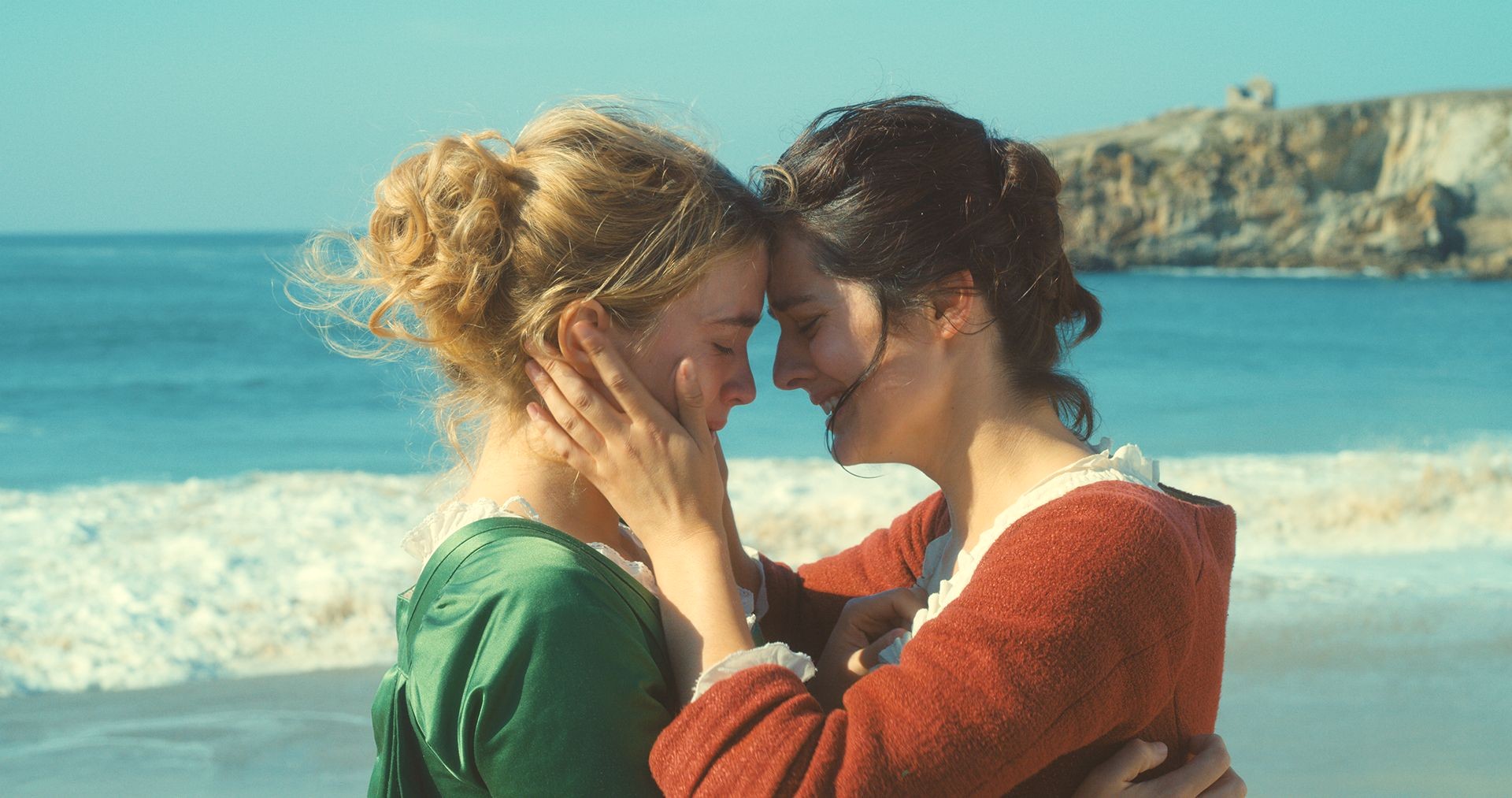
9. Portrait Of A Lady On Fire (2019)
Run Time: 122 min | IMDb: 8.2/10
There are forbidden love affairs and then there’s this epic romance from French filmmaker Celine Sciamma. Filled with sexual tension and secret rendevous, this period piece centers on a young painter named Marianne who lives on the island of Brittany and is commissioned to complete a portrait of an aristocratic noblewoman named Heloise before she’s set to be wed. The two women form an intimate bond, one that tests their sense of self and their willingness to sacrifice for love.
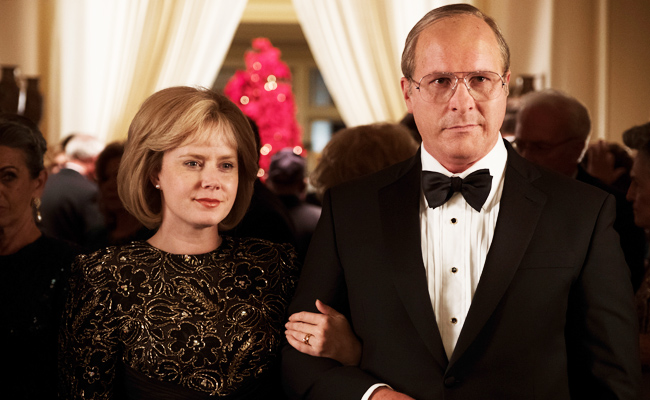
10. Vice (2018)
Run Time: 132 min | IMDb: 7.2/10
Adam McKay’s controversial biopic lands on Hulu with its impressive cast of Oscar-winners including Christian Bale, who undergoes a mind-blowing transformation to play former Vice President Dick Cheney. The film follows the build-up to Cheney’s White House appointment, as he gains power first as a Washington insider, then as the man pulling the strings of the Bush administrations. Amy Adams plays his supportive, just as morally compromised wife, Lynne, with Sam Rockwell turning in a hilarious performance as Bush himself.
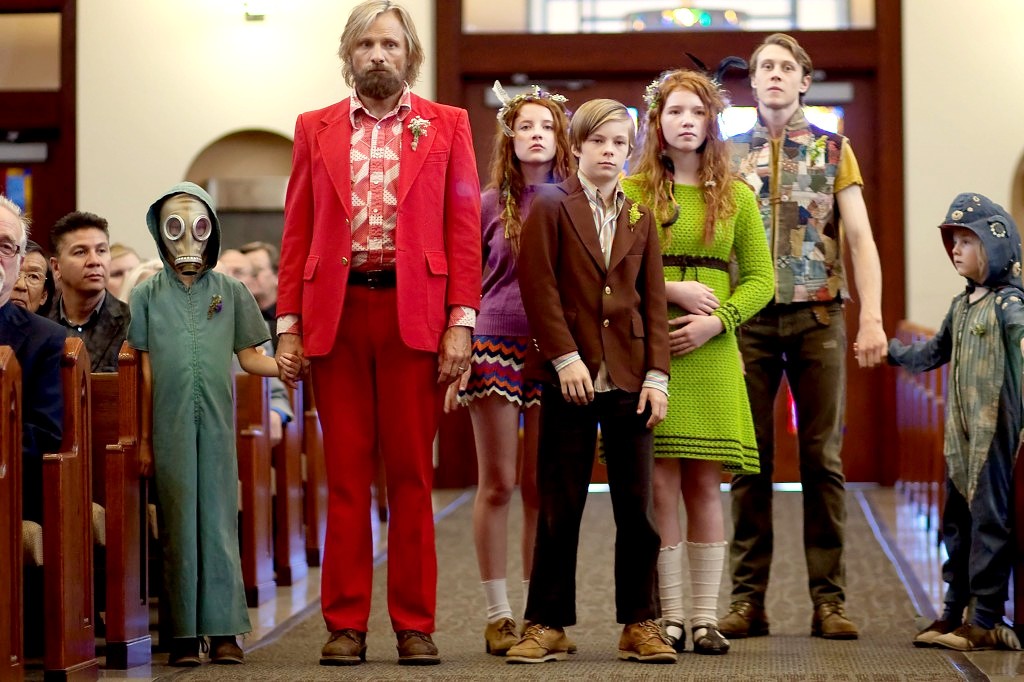
11. Captain Fantastic (2016)
Run Time: 118 min | IMDb: 7.9/10
Viggo Mortensen and Kathryn Han star in this feel-good drama about an unconventional family’s attempts to stay together despite outside forces closing in on their way of life. Mortensen plays Ben, the father to six children all living in a remote, wooded area. The kids keep a strict schedule, learning on their own, surviving in the wild, eschewing traditional schooling and activities for Ben’s regimen, which pushes them to think for themselves and find their own purpose. When Ben and the kids are forced to leave their utopia and interact with estranged family members in the real world, his teachings and their way of life is challenged in surprising ways.
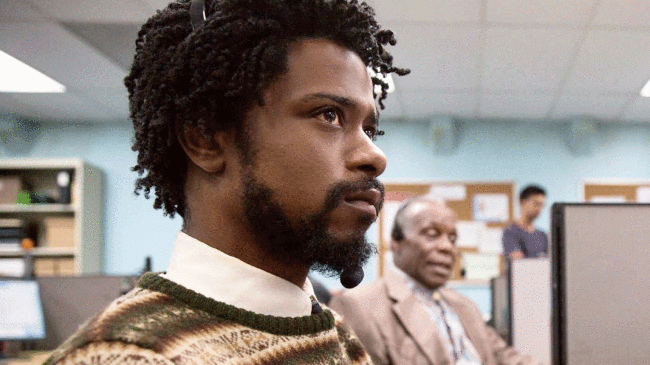
12. Sorry to Bother You (2018)
Run Time: 111 min | IMDb: 7/10
Boots Riley’s directorial debut comes courtesy of this dark, absurdist comedy that manages to weave themes of class and capitalism into a bonkers tale about a telemarketer living in Oakland who figures out a way to use his “white voice” to make sales. As he moves up the ladder, selling while hiding his identity, he’s pulled into a conspiracy that forces him to choose between cashing in at humanity’s expense or joining his friends in a rebellion against the system. Lakeith Stanfield gives a riveting turn as Cassius Green, Cash, the kid at the center of this bizarre story, and Tessa Thompson gives a commendable performance as Cash’s radical feminist girlfriend, Detroit.
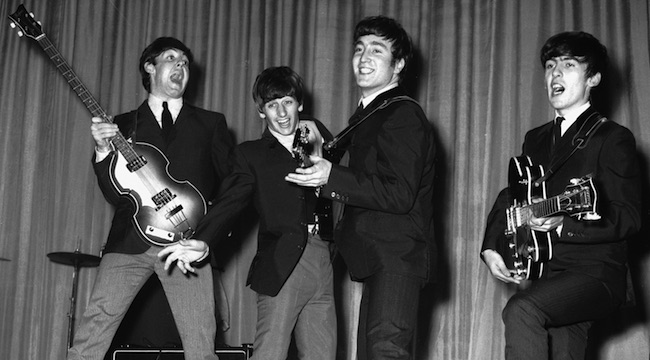
13. The Beatles: Eight Days A Week – The Touring Years (2016)
Run Time: 137 min | IMDb: 7.8/10
Set during the touring years of The Beatles’ career, from 1962-1966, director Ron Howard crafts an intimate portrayal of the world’s most popular band with the help of both Paul McCartney and Ringo Starr, along with widows Yoko Ono and Olivia Harrison. Featuring 4K restorations of some of the band’s most memorable concerts, this documentary is a must for any film lover, Beatles fan or otherwise.
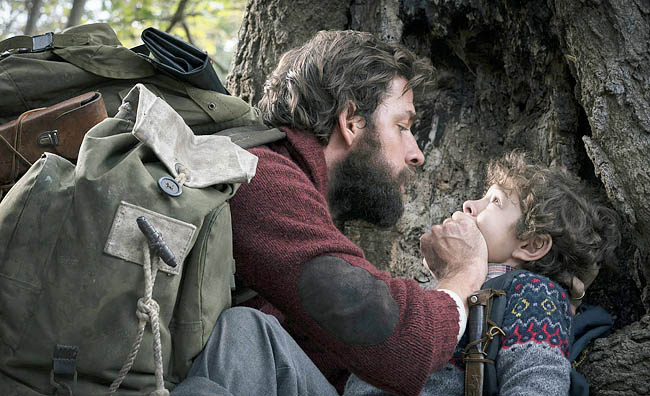
14. A Quiet Place (2018)
Run Time: 90 min | IMDb: 7.6/10
John Krasinski’s breakout horror flick has made its way to Hulu. The film stars Krasinski and his wife, Emily Blunt, as a couple trying their best to raise their family in the middle of an apocalypse where the slightest sound might attract other-worldly creatures intent on hunting them down and killing them. It’s a thrilling turn for both actors, with twists you don’t see coming and a satisfying ending.
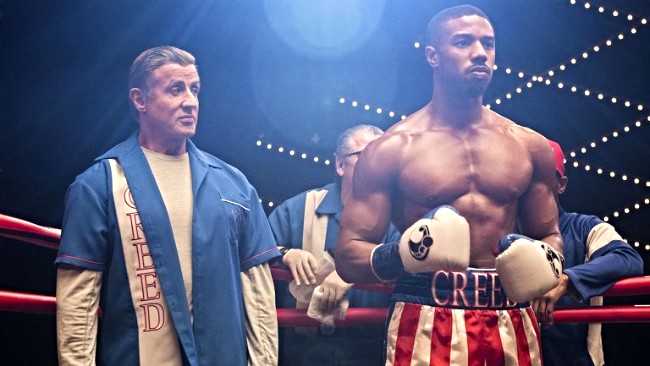
15. Creed II (2018)
Run Time: 130 min | IMDb: 7.2/10
Michael B. Jordan, Sylvester Stallone, and Tessa Thompson return for round two of this boxing drama reboot. Still training with Rocky Balboa, Adonis Creed (Jordan) tries to bounce back after a dangerous beatdown, resolving to face off against the son of Viktor Drago, the man who killed his father. The film’s tension is heightened, the hits more violent, and Jordan is as confident as ever in his leading man status.
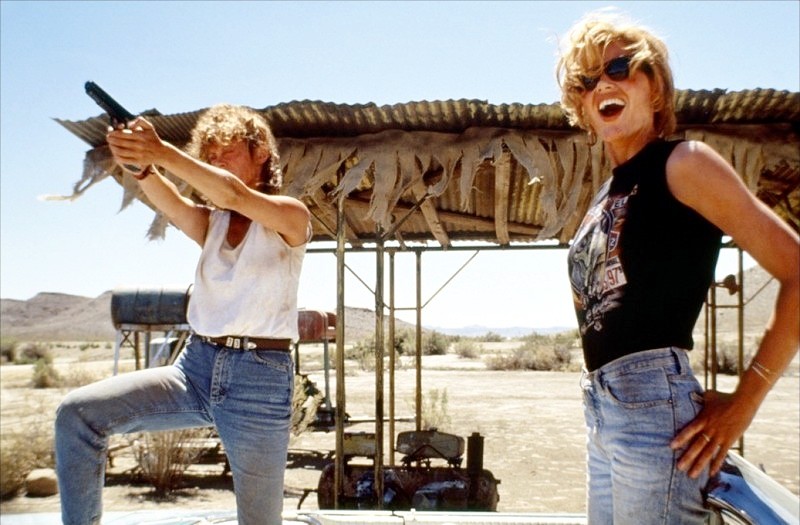
16. Thelma And Louise (1991)
Run Time: 130 min | IMDb: 7.5/10
Susan Sarandon and Geena Davis star in this women-on-the-run tale of revenge and the chase for freedom. Davis plays Thelma, a ditzy housewife who’s nearly raped in the parking lot of a roadside bar, and Sarandon plays Louise, her sharp-tongued best friend who shoots the would-be rapist dead before the pair flee cross country. Trying to avoid capture by the police even while committing petty crimes to drum up the cash needed for a border run to Mexico, the real thrill of this cat-and-mouse game is in watching these two women go to the mat for each other. It’s feminist art that inspired plenty of movies in the years that followed.
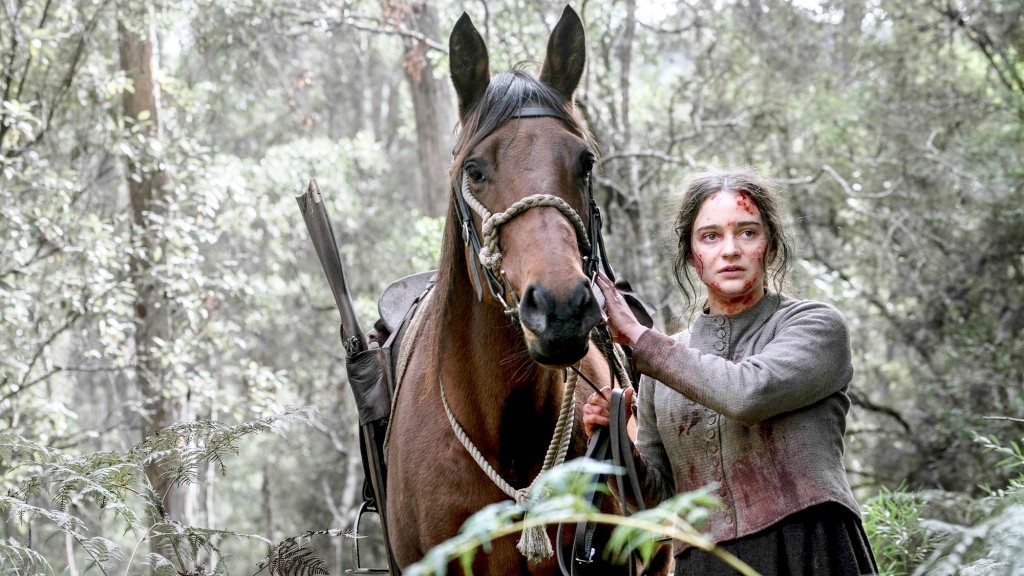
17. The Nightingale (2018)
Run Time: 136 min | IMDb: 7.2/10
Australian director Jennifer Kent follows up her surprise success, The Babadook, with another dark tale, this time one that follows a young woman on a path of revenge. Aisling Franciosi plays Claire, an Irish convict sent to Tasmania in 1825 who chases a British officer (Sam Claflin) through the wilderness intent on making him pay for the crimes he committed against her and her family. Along the way, she recruits help from an aboriginal tracker and the two navigate racial tensions and prejudice on their quest. Franciosi is magnetic as Claire, a woman who refuses to let the horrible abuses she’s suffered break her and Claflin seems to delight in playing the villain of this story.
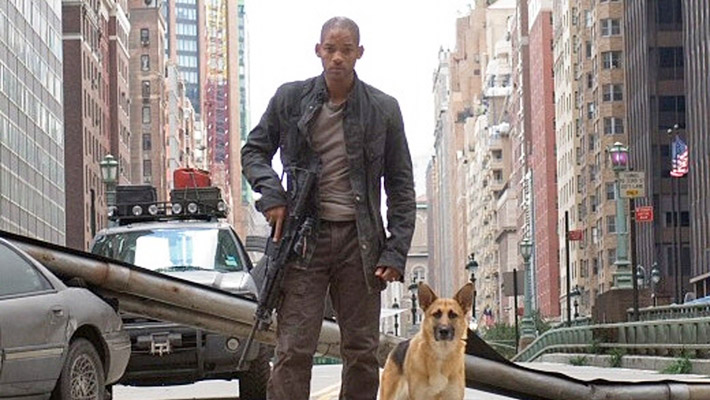
18. I Am Legend (2007)
Run Time: 101 min | IMDb: 7.2/10
Will Smith stars in this sci-fi dystopian flick that feels particularly eerie, considering that his character spends a majority of the movie battling a plague that’s eradicated much of earth’s population. Smith is a scientist left to find a cure when everyone on the planet either dies or gets turned into zombies. What saves this from being another cliched apocalyptic circus is Smith, who has so much charisma, even when his screen time is mostly spent hanging out with a dog and testing specimens in a lab.
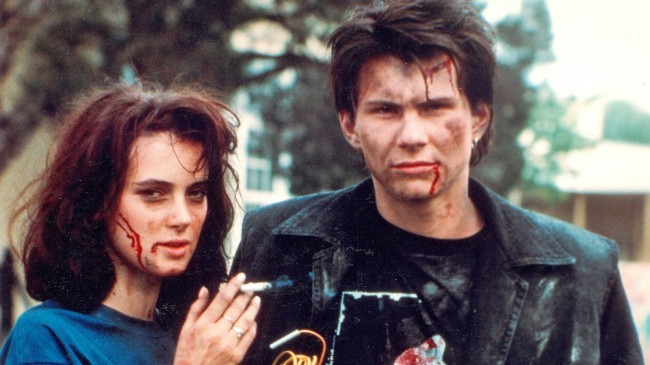
19. Heathers (1988)
Run Time: 103 mins | IMDb: 7.3/10
Helping to close out a decade of memorable teen films on a dark note, Heathers is a savagely funny deconstruction of the frivolousness of popular cliques that helped set the tone of many dark comedies that would follow in its wake. The plot involves a popular group of girls known as The Heathers who invite Veronica Sawyer (Winona Ryder) to join them, guaranteeing that she would gain popularity by association. Eventually, Veronica finds herself teaming up with a dangerous sociopath (Christian Slater) in an attempt to break the Heathers’ tyrannical hold on the school.
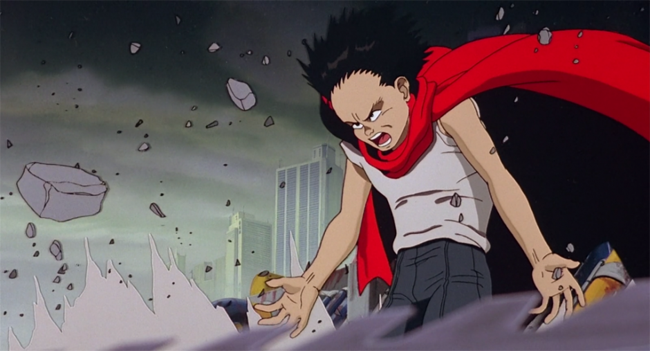
20. Akira (1988)
Run Time: 124 min | IMDb: 8.1/10
Loosely based on the ground-breaking manga of the same name, Akira is considered a landmark in Japanese animation, as well as one of the best animated films ever produced. Set in a dystopian future in 2019, a teenager named Tetsuo gains tremendous telekinetic powers after a motorcycle crash, eventually going mad with power before bringing the military-industrial complex to its knees. A live action adaptation has been in the works in some form since 2002, but remains in development purgatory for the time being.
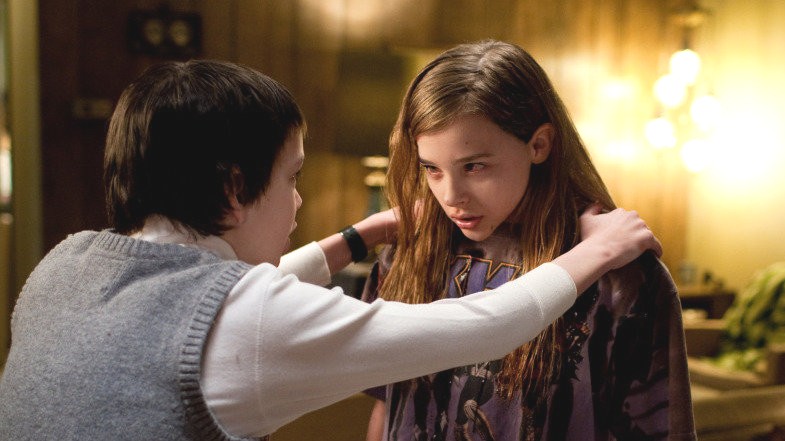
21. Let Me In (2010)
Run Time: 116 min | IMDb: 7.1/10
Chloe Grace Moretz stars in this inventive horror flick from Matt Reeves. Moretz plays Abby, a child vampire who secretly lives with her guardian and befriends a bullied boy named Owen (Kodi Smit-McPhee). Abby and Owen form an intense bond, with Abby promising to protect him from his bullies and Owen eventually coming to accept her vampirism, but not before Abby and her guardian are forced to do some terrible things to survive — and keep her existence quiet.
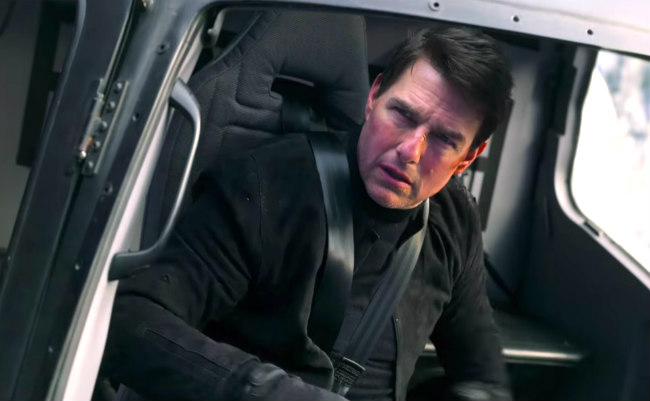
22. Mission Impossible: Fallout (2018)
Run Time: 127 min | IMDb: 7.8/10
Tom Cruise is joined by Superman himself, Henry Cavill in this latest installment in the action franchise. Cruise returns as Ethan Hunt who leads his IMF team but is joined by Cavill’s CIA Agent, August Walker, who’s tasked with monitoring the group after a mission gone wrong. Hunt is tracking some missing plutonium before a terrorist group called The Apostles can weaponize it against the world but he’s thwarted by a surprising enemy.
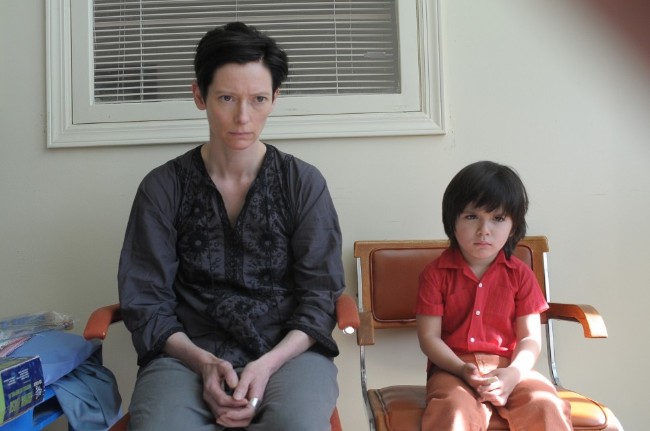
23. We Need To Talk About Kevin (2011)
Run Time: 112 min | IMDb: 7.5/10
Eva Khatchadourian (Tilda Swinton), who’s unwilling and unable to properly care for her troubled son Kevin, watches her life unravel as her husband (John C. Reilly) ignores their problems and Kevin grows more and more sociopathic and violent. The story jumps around in time, showing Swinton’s character as both a new mother who blames her son for ruining her life and as a woman who eventually blames herself for what becomes of her son. Swinton proves once again that she’s the actress that indie movies need for complex characters that live their lives in grey areas. At its core, We Need To Talk is about the importance of proper parenting, communication, and probably therapy. And it’s not for the faint of heart.
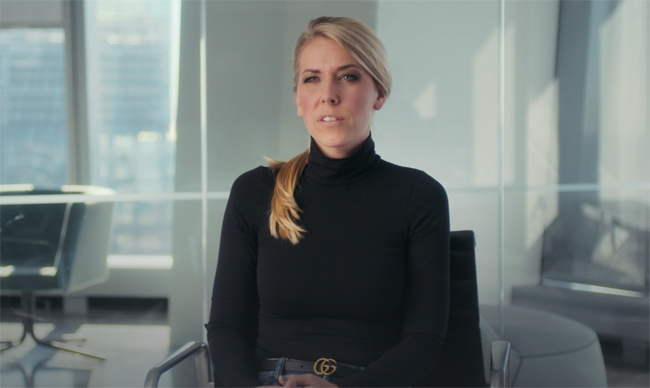
24. Fyre Fraud (2019)
Run Time: 96 min | IMDb: 6.8/10
The war of the Fyre docs kicked off earlier this year with Hulu releasing their surprise flick just days before Netflix’s planned exposé. Both films rehash the same basic plot: a young entrepreneur scams thousands of millennials and investors out of millions of dollars, but Hulu’s movie takes a closer look the aftermath and damage caused by Billy McFarland and Ja Rule, in addition to interviews and close looks at the events of the Fyre Festival disaster with a critical eye.
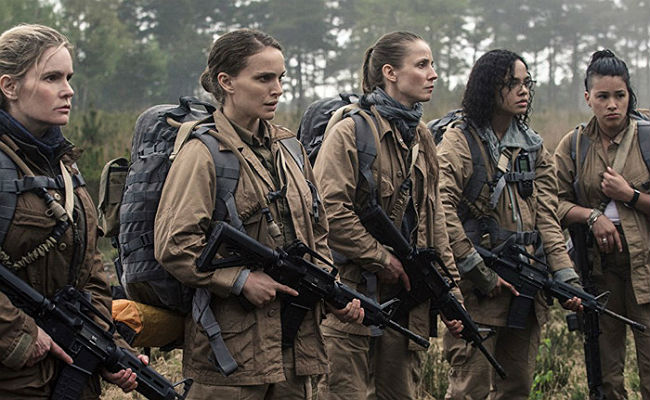
25. Annihilation (2018)
Run Time: 115 min | IMDb: 6.9/10
Natalie Portman leads this cast of badass women investigating a natural phenomenon that is slowly invading Earth. Portman plays Lena, a biologist who leads a team of women consisting of a psychologist (Jennifer Jason Leigh), a scientist (Tessa Thompson), and a paramedic (Gina Rodriguez) into “The Shimmer,” a quarantined zone mutated by alien DNA that seems to be transforming matter at will and spreading further each day. Past teams, including one led by Lena’s husband (Oscar Isaac), have disappeared in The Shimmer and Lena goes searching for a clue as to what happened to them and how she can save her husband — who returned changed from his mission. The entire journey is filled with bizarre happenings tied to meta-commentary about evolution and the human condition but honestly, the coolest thing about this movie is its cast and the kick-ass characters they play.
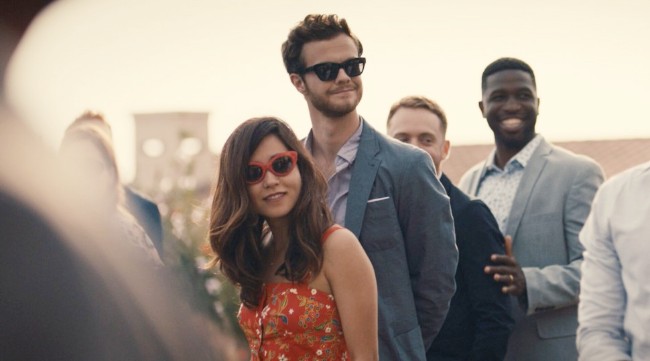
26. Plus One (2019)
Run Time: 99 min | IMDb: 6.6/10
Pen15‘s Maya Erskine and ‘ Jack Quaid star in this modern rom-com about a pair of friends, who agree to suffer a summer of wedding invites together. Alice and Ben have been pals since college, but when their mutuals start getting hitched, and they’re left without dates to the happy nuptials, they make a pact to be each others’ “plus one.” What begins as a chance to score free booze and food quickly spirals into a neverending series of interactions that remind them how lonely they both are and force them to confront their hidden attraction.
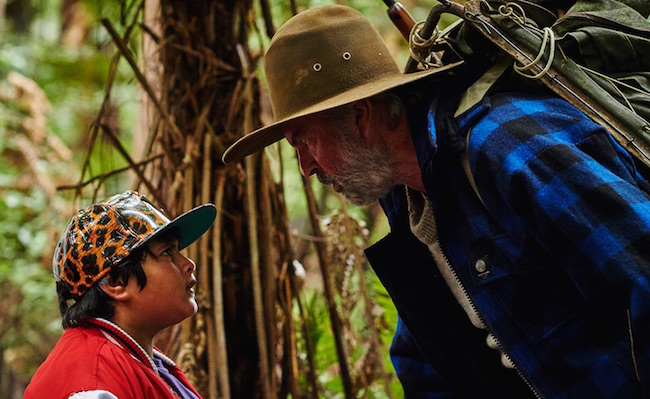
27. Hunt For The Wilderpeople (2016)
Run Time: 101 min | IMDb: 7.9/10
A charming, unconventional story about what it means to be a family, Hunt for the Wilderpeople follows a juvenile delinquent named Ricky (Julian Dennison), who is adopted by a couple living on a farm in a remote region of New Zealand. After Ricky fakes his suicide and escapes into the bush, his (reluctantly) adopted father Hec (Sam Neill) goes looking for him, and after a series of mishaps, the two are forced to survive in the woods together for months. It was released during SXSW in 2016 (you can read our review here), and after rave reviews from critics the world over, it’s gone on to become the highest-grossing film in New Zealand history.
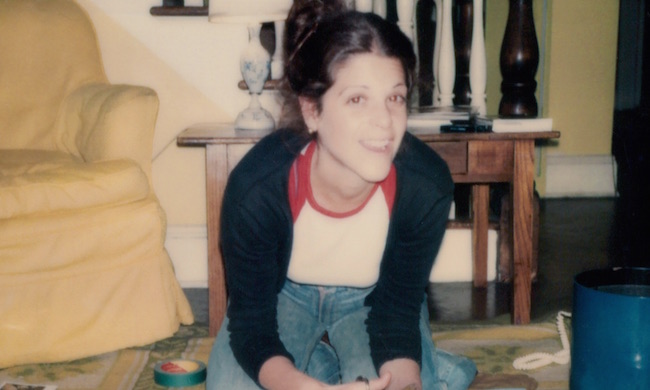
28. Love, Gilda (2018)
Run Time: 88 min | IMDb: 7.4/10
Before the Tina Feys, Amy Poehlers, and Maya Rudolphs of the world made Saturday Night Live a female-led powerhouse, comedian Gilda Radner starred on the sketch comedy series. She’s an icon, an absolute legend in the world of stand-up, and she played her bigger-than-life characters on the show with a kind of quirky abandon that made you laugh at them and care for them all at once. This doc looks back at her career, her struggles in an industry that wasn’t always accepting of her gender, and her brushes with more serious issues, like illness and eating disorders. Despite those serious topics, it’s a breezy, feel-good watch for comedy lovers of every generation.
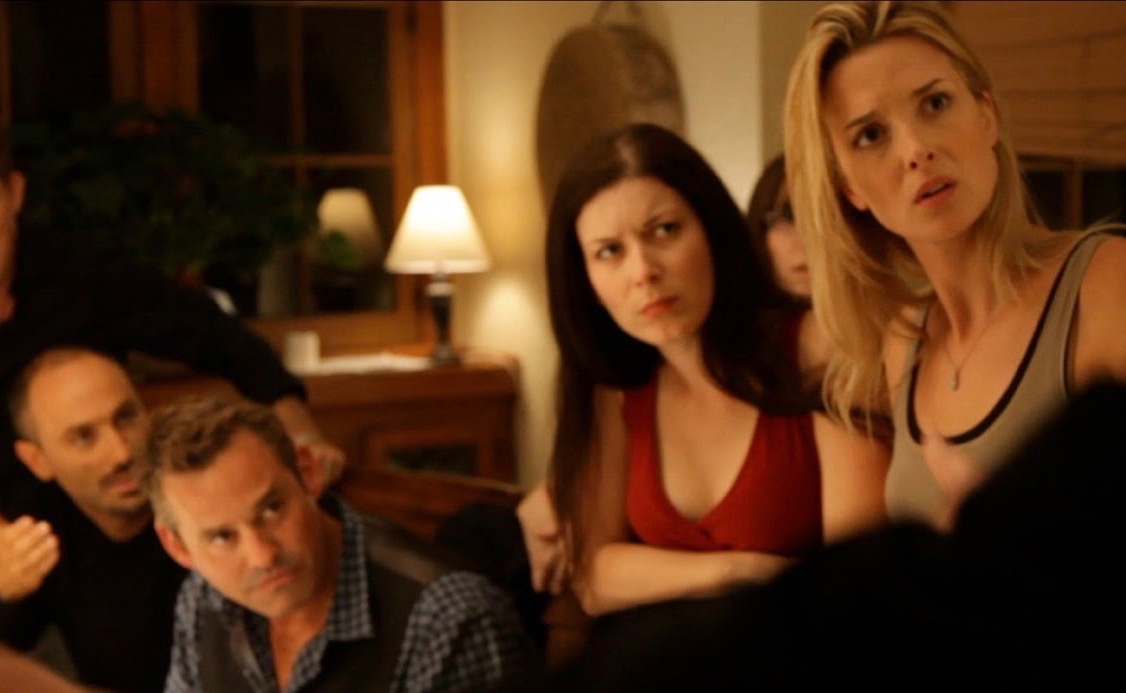
29. Coherence (2014)
Run Time: 89 min | IMDb: 7.2/10
Coherence is one of those low-budget sci-fi stories that is extremely tough to explain without either giving too much away or requiring an extended entry. Essentially, a group of friends sifts through their own issues and insecurities during a mind-bending paradoxical experience. Taking place almost entirely in the same room on a single night, the characters struggle to find answers just as much as the viewer. It’s a challenging yet enthralling film, perfect for those who love to overthink things.
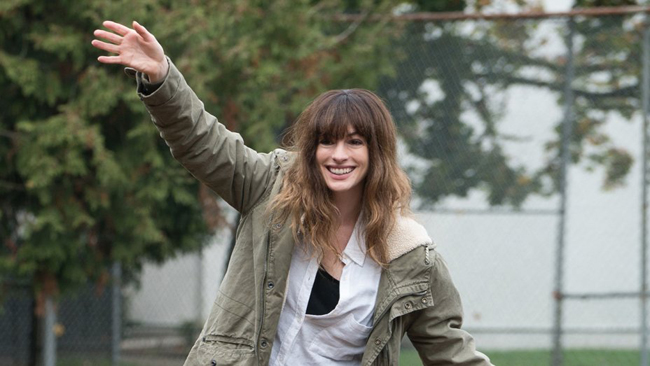
30. Colossal (2017)
Run Time: 109 min | IMDb: 6.2/10
A decidedly unusual twist on the giant monster movie, Nacho Vigolando’s Colossal follows Gloria (Anne Hathaway), an unemployed writer who moves back to her hometown after her boyfriend Tim (Dan Stevens) breaks up with her. After moving into her childhood home, Gloria’s heavy drinking starts to take a toll on her before she starts to realize that she may have a significant connection with a towering monster that spontaneously appears over Seoul, South Korea.
Recent Changes Through June 2020:
Removed: Zombieland, Good Will Hunting
Added: Thelma & Louise, I Am Legend

Welcome to this week’s Wednesday Night Wars open discussion thread. This week it’s an AEW Dynamite with an AEW World Tag Team Championship match and a surprise opponent for Cody Rhodes’ TNT Championship up against an episode of NXT featuring Bayley and Sasha Banks returning to the black and yellow brand to defend the Women’s Tag Team Championship against Shotzi Blackheart and Tegan Nox.
On tonight’s cards:
AEW Dynamite
- TNT Championship Match: Cody (Rhodes) (c) vs. TBA
- AEW World Tag Team Championship Match: Kenny Omega and Hangman Adam Page (c) vs. The Natural Nightmares
- Tag Team Number One Contender Match: Best Friends vs. Le Sex Gods
- The Young Bucks vs. The SuperBad Death Squad
- MJF vs. Billy Gunn
NXT
- Women’s Tag Team Championship Match: Bayley and Sasha Banks (c) vs. Tegan Nox and Shotzi Blackheart
- NXT Tag Team Championship Match: Imperium (c) vs. Breezango
- hopefully no one being attacked in the parking lot by roving gangs of luchadores or ninja bikers
As always, +1 your favorite comments from tonight’s open thread and if we get enough comments, we’ll include 10 of the best in tomorrow’s Best and Worst of NXT and AEW reports. Make sure you flip the comments by selecting “newest” in the drop down menu under discussion, and enjoy the show!

It pains us to say this, but the airline experience is about to get a whole lot worse before it gets any better. If you were already irked by the current extended check-in process, increased security measures, and in-flight mask policies — especially when coupled with the usual problems of having to fly with jerks — then sit down because we’ve got some bad news to drop on you. CNN reports that several airlines, including American and Delta, EasyJet, KLM, and Virgin Australia are all suspending their alcoholic drink services in response to COVID-19. In addition to removing the one thing that makes flights bearable, each airline’s mandatory mask policy is about to be more strictly enforced.
The ban on alcohol is being implemented in an effort to minimize crew and passenger interactions and varies between each airline. Some airlines will limit drink services to water and soft drinks only. Delta Airlines will refrain from offering alcohol service on any domestic flight within the United States, but will still serve alcohol during international flights and American Airlines will be judging their food and drink services according to flight length and destination.
The decision by airlines to get more strict on their mask policies was announced Monday, June 15th by Airlines for America, a trade group that represents the major American airlines. While most major airlines announced face mask requirements for flights back in early May, Dallas News reports that the policy was not strictly enforced towards non-compliant passengers who arrived maskless. Now, many airlines have signaled that they will go as far as banning passengers who do not comply.
According to AFAR, United Airlines announced on June 18th that passengers who do not comply with their new mask policy will be placed on an internal travel restriction list and lose their travel privileges “for a duration of time to be determined pending a comprehensive incident review.” United’s policy will remain in effect for at least the next 60 days.
In a statement regarding Delta’s policy, the airline wrote: “those who choose not to comply with this or other safety requirements risk future flight privileges with Delta, which is in keeping with the face-covering enforcement policies Airlines for America recently announced.” The statement did not explicitly indicate how flight privileges would be affected. According to CNN, six other major U.S. airlines have also pledged to roll out new policies, penalties, and enforcement guidance.
As inconvenient as the new rules are, they’re not at all unwarranted. According to The Guardian, coronavirus infections are on a steep rise in Arizona, Florida, Oklahoma, Oregon, and Texas, which all reported their highest number of new coronavirus infections on Tuesday, June 16th amid statewide reopenings.

